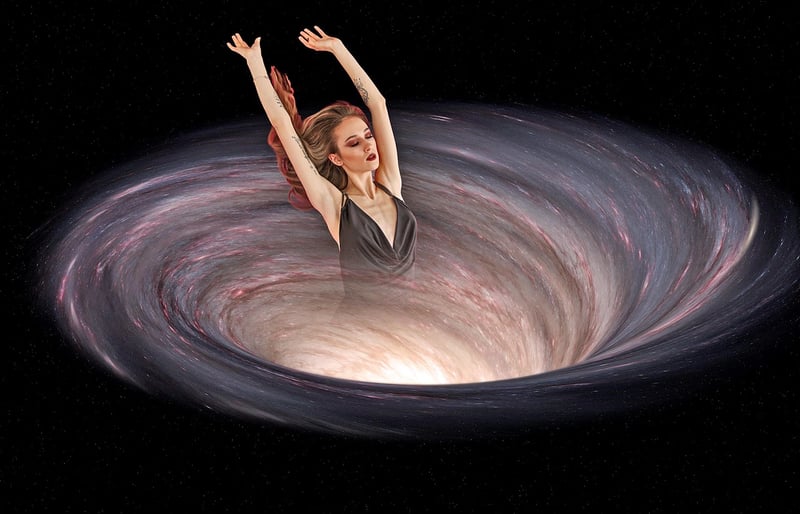Wormholes
The Science Behind Time Travel and Wormholes
Time travel has been a fascinating concept in science fiction for decades, but is it really possible? Let's delve into the science behind time travel and explore the intriguing concept of wormholes.
Time Travel
According to Einstein's theory of relativity, time is not a constant but can be affected by gravity and speed. This theory opens up the possibility of time dilation, where time can be experienced differently for two observers due to differences in their relative velocity or gravitational fields.
While traveling forward in time is theoretically possible by approaching the speed of light or being in a strong gravitational field, traveling backward in time is more challenging and is still a topic of debate among physicists.
Wormholes
Wormholes, also known as Einstein-Rosen bridges, are hypothetical passages through spacetime that could create shortcuts for long journeys across the universe. These wormholes are theorized to connect two separate points in spacetime, potentially allowing for faster-than-light travel and even time travel.
While wormholes are still purely theoretical and have not been observed in nature, they are a fascinating concept that continues to capture the imagination of scientists and science fiction enthusiasts alike.
Conclusion
Time travel and wormholes remain some of the most intriguing topics in theoretical physics. While the science behind these concepts is complex and still largely theoretical, they offer a glimpse into the possibilities of the universe and the nature of spacetime.
For more information on time travel and wormholes, you can explore reputable sources such as NASA and Space.com.

